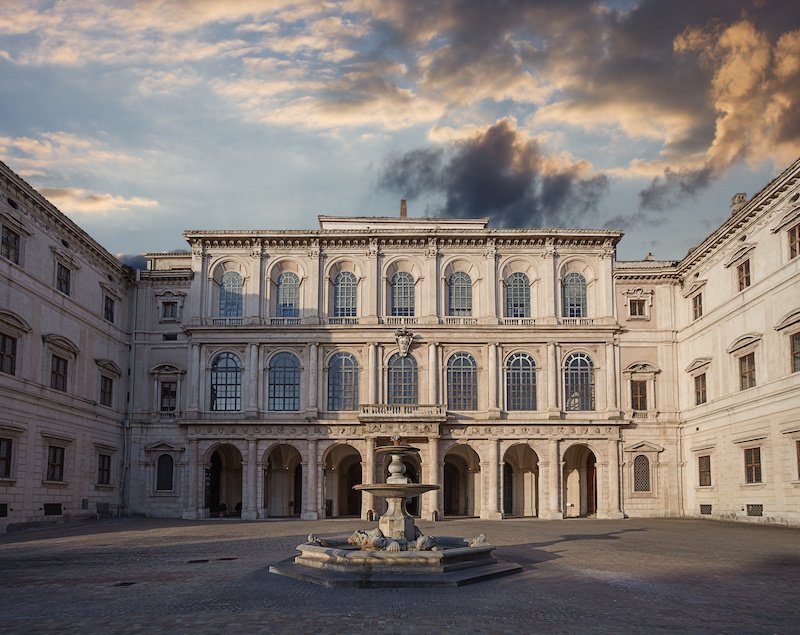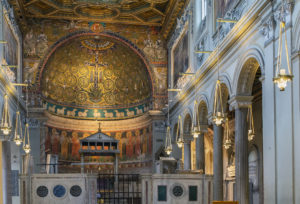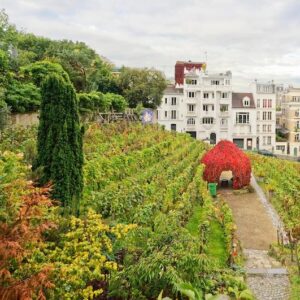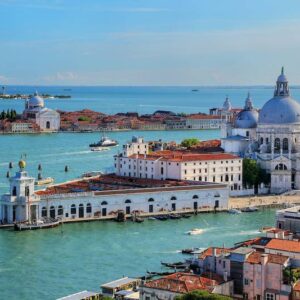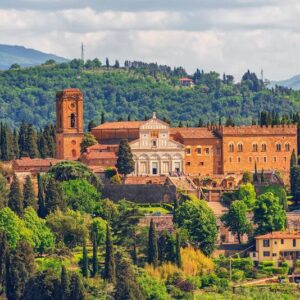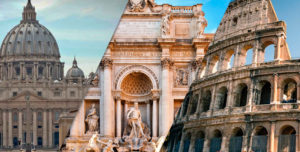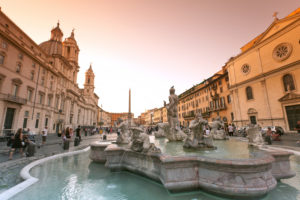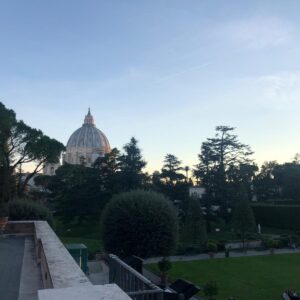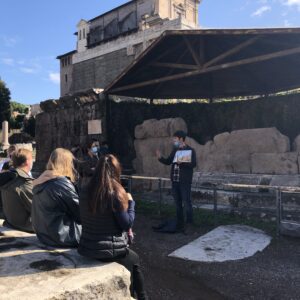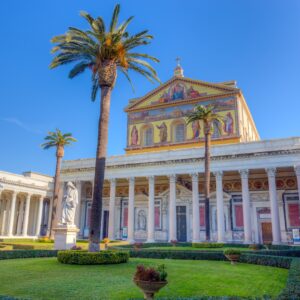Rome is appreciated and admired worldwide not only for its illustrious past dating back to the splendors of the Roman Empire, which once dominated the known world, but also for the invaluable artistic value the city has preserved for centuries within churches, museums, and palaces. A magnificent example of this is Palazzo Barberini, a place that houses one of the most precious Roman collections from the 17th and 18th centuries, serving as the seat of the National Gallery of Ancient Art.
Its Construction: From Papal Residence to Baroque Masterpiece
Palazzo Barberini was designed and built to mark the culmination of the ascent to the papal throne of the Florentine Maffeo Barberini, who became Pope Urban VIII, a great art enthusiast who, during his 21-year pontificate, transformed Rome into the European capital of the Baroque. In addition to granting titles and honors to members of his family to elevate his Tuscan lineage to the same level as other Roman noble families, Urban VIII wanted to build a residence worthy of a court, ensuring him power and fame. The palace, located between Via delle Quattro Fontane and the current Via XX Settembre, a short distance from the Quirinal, once a papal residence, represents an absolute novelty for the time with its internal gardens and architectural form, blending the characteristics of a classic city residence with those of a suburban villa with green areas and refreshment spots. Palazzo Barberini was constructed by reusing a building belonging to the Sforza family, which was then in enormous financial difficulties. The available space was considerably large and allowed for the construction of the grand project that came to light in 1633.
The Structure: Blend of Renaissance Palazzo and Suburban Villa
The Barberini family employed some of the most talented artists of the time at the construction site, under the direction of Carlo Maderno, who had previously overseen the construction of St. Peter’s Basilica, along with his assistant Borromini. Initially, a quadrangular structure was planned, following the most classical Renaissance palace design, but later a project with open wings was developed, transforming this concept into that of a villa-palace, combining the two functions of representative residence and villa, complete with extensive gardens and open perspectives. After Maderno’s death, Gian Lorenzo Bernini took over the direction of the works and conceived the large central hall, frescoed by Pietro da Cortona, which occupies the height of the two floors of the palace, and the oval hall which echoes the typically Berninian theme of the elliptical plan. He also designed the glassed-in loggia that serves as a link, externally, between the facade and the underlying portico.
Years of Decline: The Fate of the Barberini Family and the Palacene
However, by the end of the 17th century, the glory and wealth of the Barberini family inexorably declined. With the opening of Via Barberini in 1926, the palace had a double entrance, marking the division of the two sectors of the palace: the northern one, inhabited by the secular branch of the family, and the southern one, inhabited by the ecclesiastics, namely the Barberini cardinals. After World War II, more precisely in 1951, the state took over the palace, and the following year, the Ministry of Public Education entrusted the Superintendency with forming the collection of the new National Gallery of Ancient Art, which was officially opened in 1955.
The Gallery Today: Showcasing Rome’s Artistic Treasures
Palazzo Barberini presents an exhibition of the main painting schools from the 13th to the 18th century. The most represented epochs are the 16th and 17th centuries, with works by Raphael, Piero di Cosimo, Bronzino, Hans Holbein, Lorenzo Lotto, Tintoretto, Caravaggio, Gian Lorenzo Bernini, Guido Reni, Guercino, Nicolas Poussin, and Pietro da Cortona.
The strategic location of Palazzo Barberini, close to the main attractions of the city, allows it to be included as a final stop if you have planned a tour of the Colosseum and the nearby Basilica of San Clemente
The National Gallery of Ancient Art at Palazzo Barberini in Rome can be visited from Tuesday to Sunday from 10:00 am to 7:00 pm.

